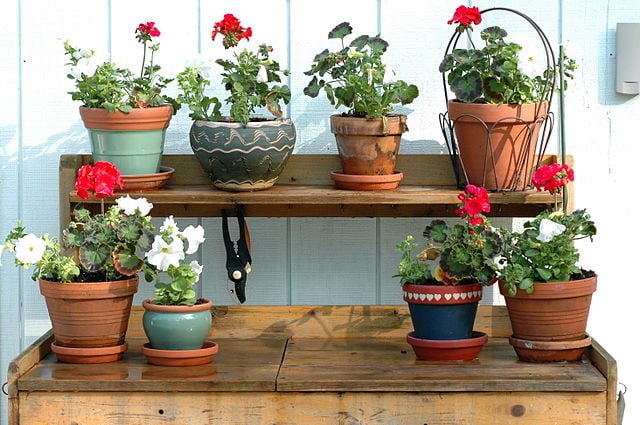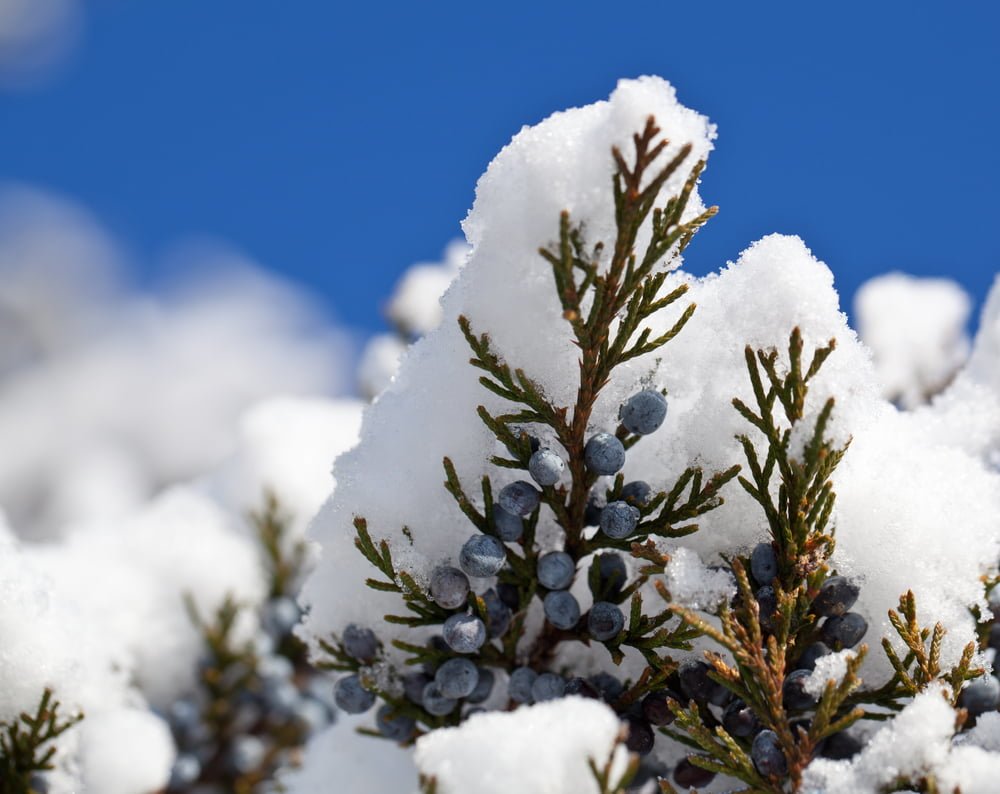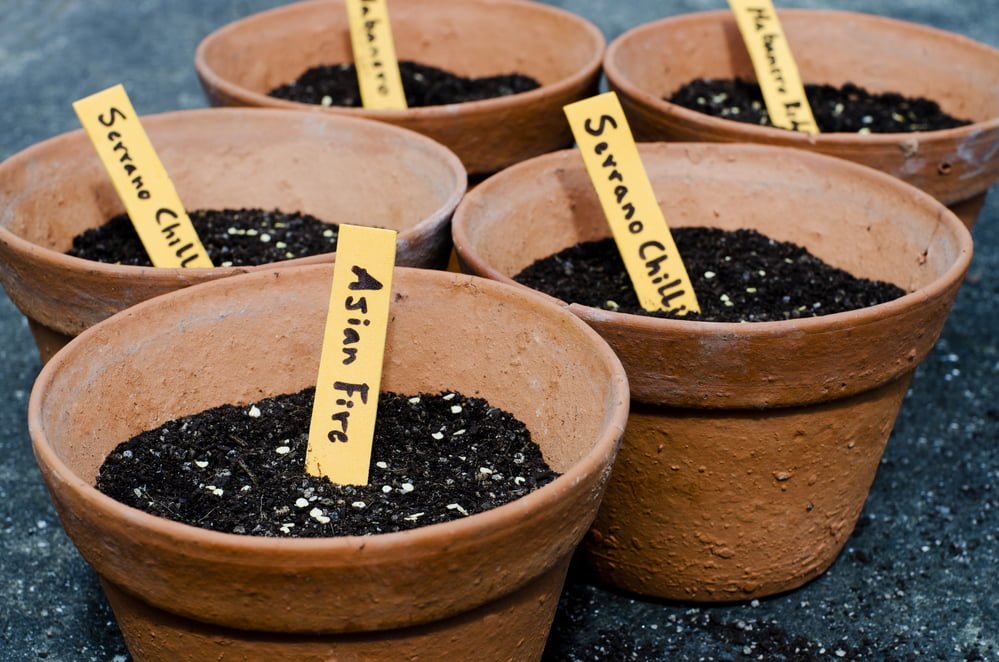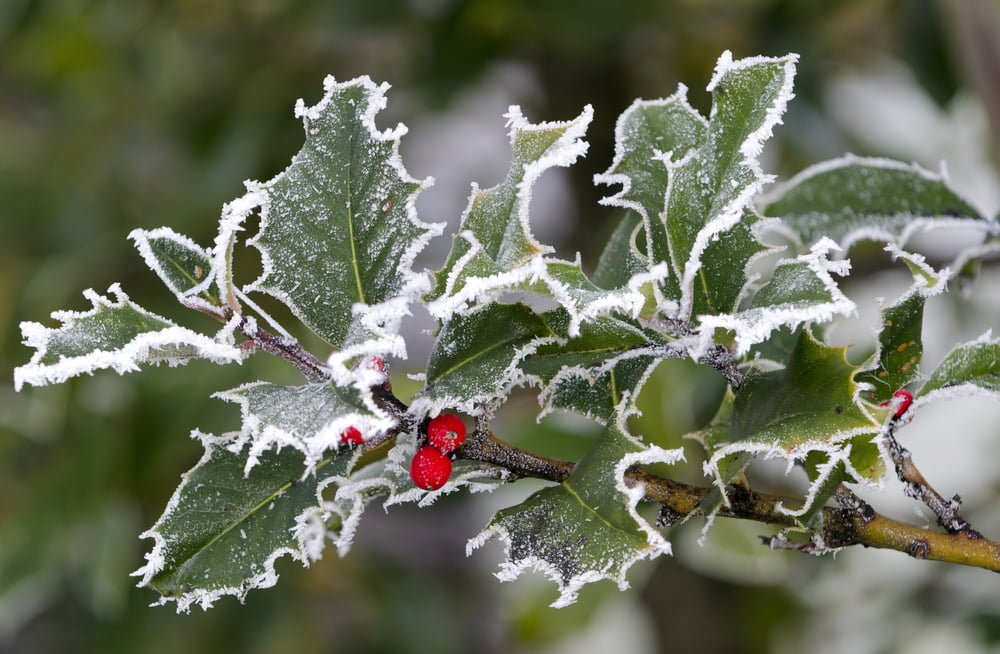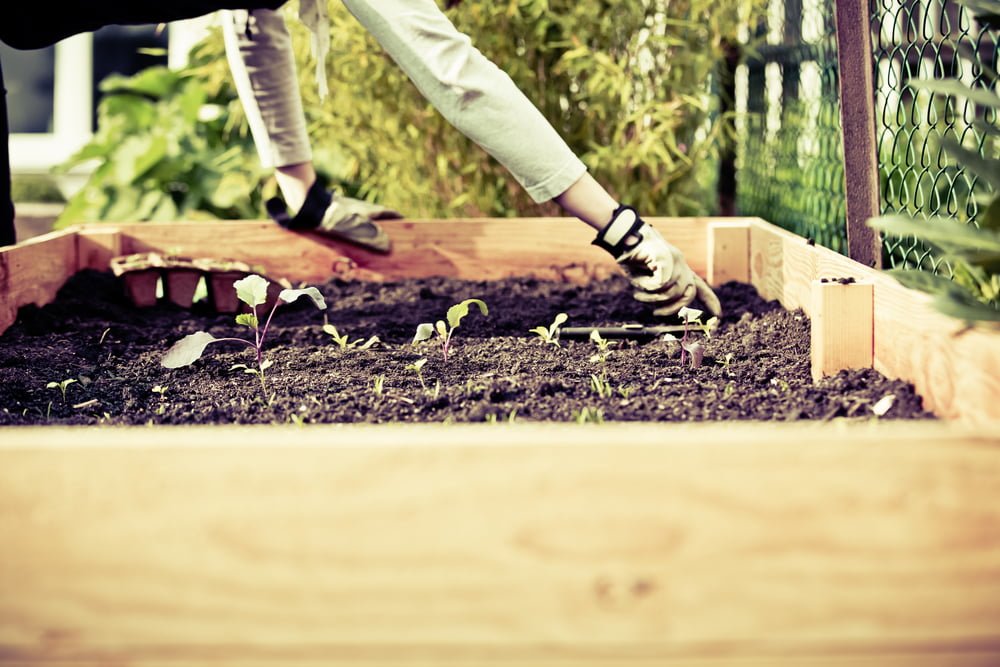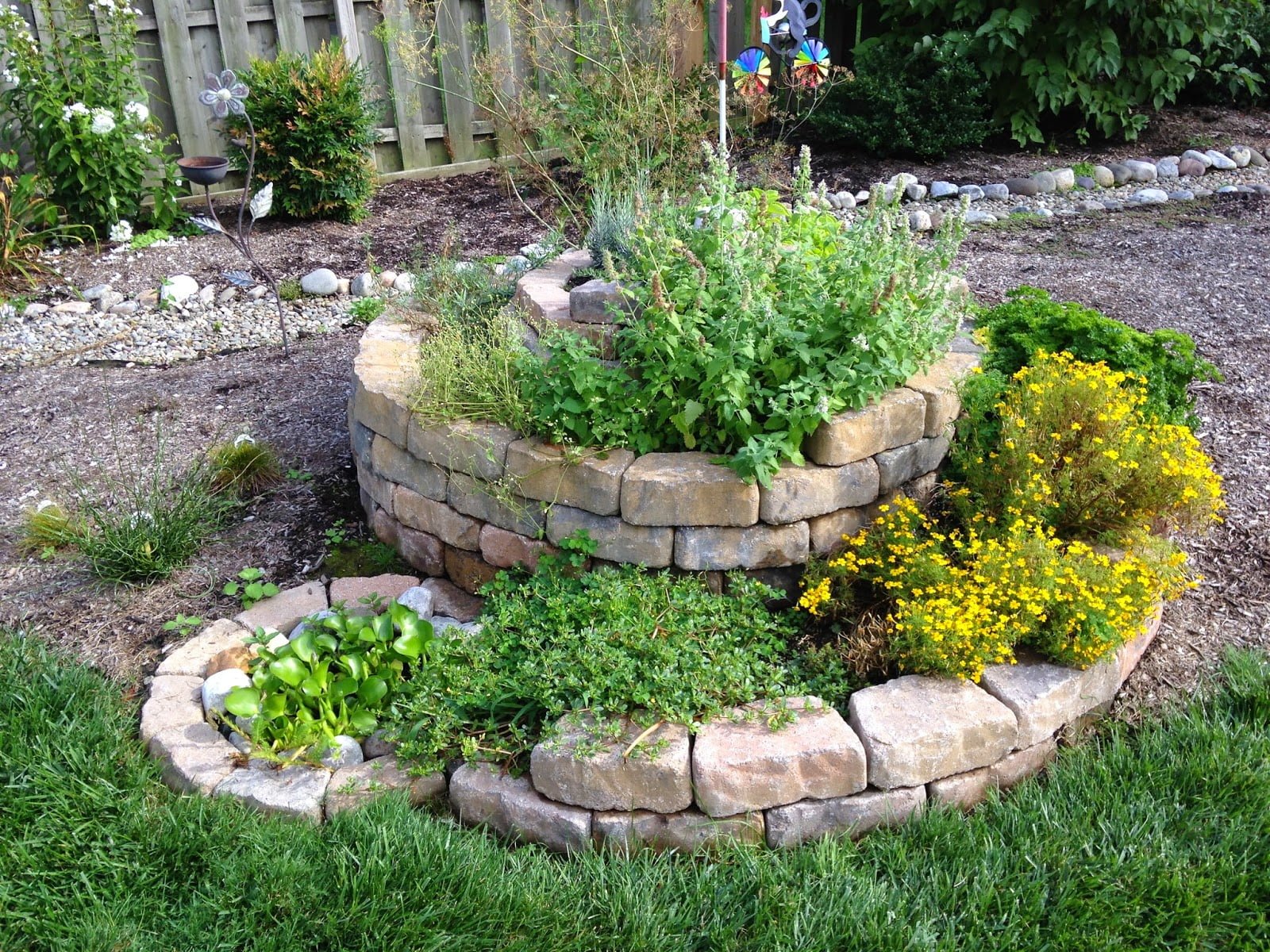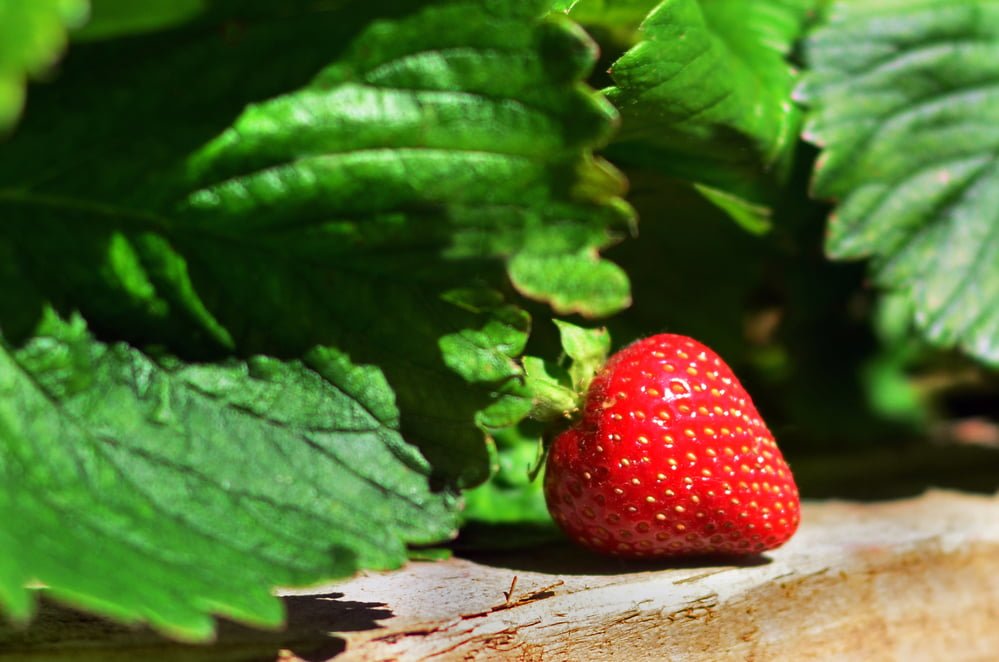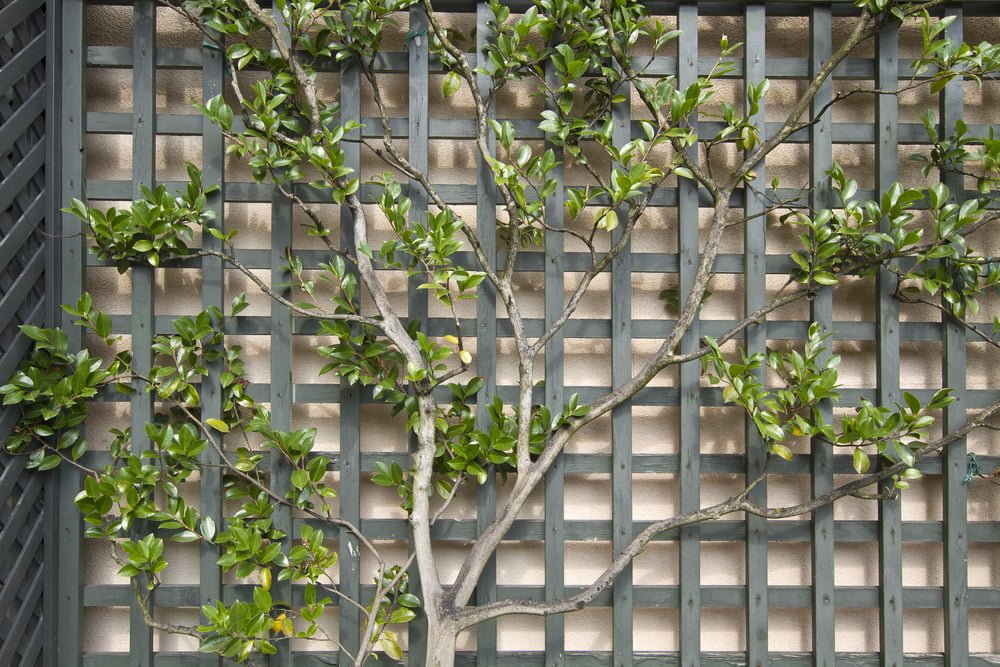
Espalier gardening is the ancient horticultural art of training trees, vines and shrubs to grow into a pattern along a trellis, fence or solid wall.
Adding espalier to your garden or landscape will add a dramatic, living focal point that can last more than a decade with minimal care and maintenance. They also are suited ideally to small spaces.
Planning Your Espalier Garden
The secret to this ancient technique — believed to be practiced first by the Romans! — is thorough planning.
Identify the location for your plants as well as the design scheme you prefer. Some classic patterns include numerous variations of the Belgian fence design, a classic goblet, candelabra or fan shape, diamond patterns and the cordon shape, where each branch is trained horizontally.
You can see examples of these and other designs here.
Next, determine which plant species are most appropriate. Many gardeners enjoy growing espaliers that produce fruit, but you can choose ornamental species as well. Choose plants that will branch and spread naturally and that are well-suited to the growing conditions of your location.
Many gardeners recommend using woody plants or trees grown on dwarf root stock.
Creating the Pattern
Based on your chosen design, string heavy-gauge wire between nails inserted in the wall or fence or through notches cut into the fence panels.
When planting, place each tree about a foot from the wall or fence, with its two strongest shoots or branches situated to follow your design. Take your time to ensure your plants are spaced precisely the same distance apart.
Belgian fences, for example, typically require the trees to be planted 18 inches apart, on center.
Training and Maintaining the Espalier
Your design and plant species will determine your specific pruning and training approach; however, the basic steps are the same no matter what design you select.
Prune the central trunk of the tree down to the first row of wire. This will cause the plant to branch at that location. As those branches grow, simply attach them to your wires or support structure when they reach six inches in length.
Alternatively, leave the trunk intact and remove all but the two strongest branches and attach those to the wires. As the central trunk grows, remove new shoots until the trunk reaches the next level of wires. Allow two more shoots to grow and attach. Continue in this manner until your design is filled in.
Easy to Maintain
Depending on your plant species and design, your espalier will fill in and mature in two to three years. Once it reaches maturity, rub away any new buds or shoots and keep the ends of each shoot or branch trimmed. Otherwise, simply care for the plant normally.
In Salt Lake City, Utah, Millcreek Gardens has everything you need for your garden, including landscaping trees, shrubs and outdoor plants. Stop by today and let our knowledgeable staff help you get started with the delightful pursuit of espalier gardening.




